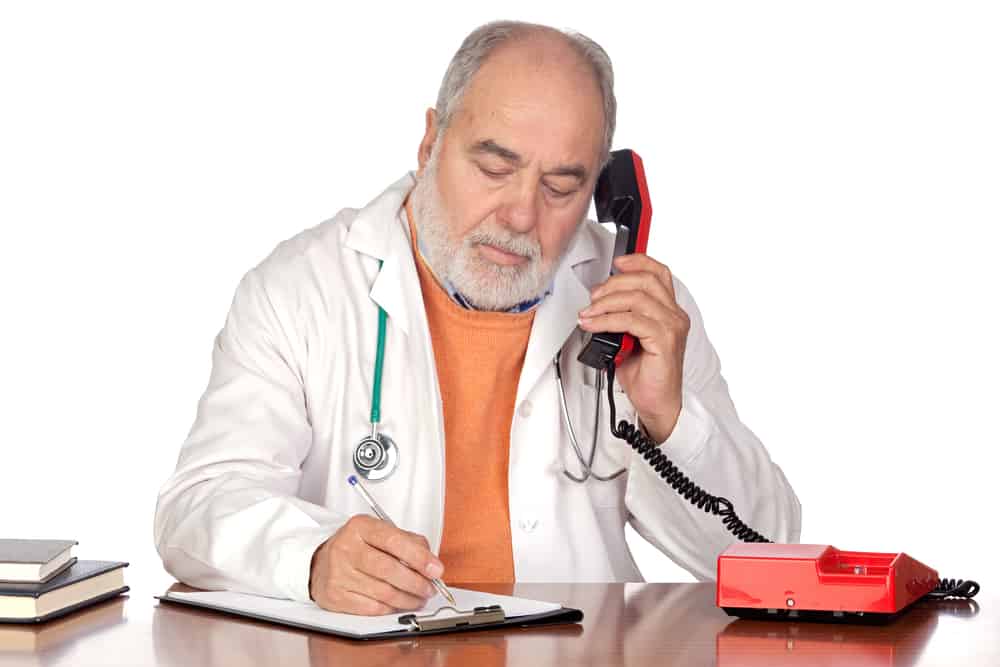Here’s What You Do When a Worker is Injured
Even companies with the strongest safety programs will have some workers comp claims. When an injury occurs, the immediate actions taken by the employee’s supervisor or co-workers has an impact on the outcome of the claim. The employer must require a tight injury process, including:
Click Link to Access Free PDF Download
“The 6-Step Process To Determine Workers’ Comp Injury Causation”
1. Obtain immediate medical assistance for the employee – send the employee to designated doctor or medical facility if statute permits. Pre-screen medical providers and learn everything you can about your TPA or insurance company PPO (preferred provider network). Some PPO’s have SUBSETS of providers with better outcomes. For example, the BOLD network is the expert network of one TPA, Broadspire, which has better outcomes. USE THESE SUBSETS IF POSSIBLE. Make sure “panel cards” are in vehicles or available in the workplace, and make sure the panel cards are updated.
2. Do not permit employee’s with minor injuries or soft-tissue strains to wait to obtain medical assistance – most will end up going to the unapproved hospital emergency room or their own doctor. An excellent way to do this is to use a nurse triage service and have ALL injuries called into the service. The nurse triage will determine if medical care is needed and if so what type of care is needed. They will then identify a network emergency facility, medical clinic or individual provider and provide address, phone number and directions to the facility. This helps keep all employees in your network “loop” so you can maintain control.
3. While the employee is enroute to the treating physician, advise the treating physician of any temporary jobs you can offer during recovery (WCxKit) Some companies have video tape of each jobs. This is an excellent tool to educate the doctor of all positions at your company. In addition to this though, you should speak with the doctor and/or office manager so they know your employee is enroute. A supervisor can accompany the employee to the clinic, and should do so to aid the employee and drive him back to the facility.
4. Advise the treating physician of modifications you can make to the existing job to accommodate the work restrictions the physician gives the employee. The doctor should have visited your facility when your program is set up, or soon afterward, to become familiar with all regular positions and modified positions.
5. Have a goal of returning to work all employees within 1 to 3 days after the injury unless they are medically unable to perform any role for the employer. Offer the employee a transitional duty job immediately when he returns from the medical appointment. Instruct him to come to the facility after the medical appointment unless he is on bedrest or cannot drive.
Follow these simple steps to achieve effective injury management and a quick return to work of injured employees and lower work comp costs.
Author Rebecca Shafer, JD, President of Amaxx Risks Solutions, Inc. is a national expert in the field of workers compensation. She is a writer, speaker and website publisher. Her expertise is working with employers to reduce workers compensation costs, and her clients include airlines, healthcare, printing/publishing, pharmaceuticals, retail, hospitality and manufacturing.
Contact: RShafer@ReduceYourWorkersComp.com or 860-553-6604.
SUBSCRIBE: Workers Comp Resource Center Newsletter
Do not use this information without independent verification. All state laws vary. You should consult with your insurance broker or agent about workers comp issues.
©2010 Amaxx Risk Solutions, Inc. All rights reserved under International Copyright Law. If you would like permission to reprint this material, contact Info@WorkersCompKit.com.














